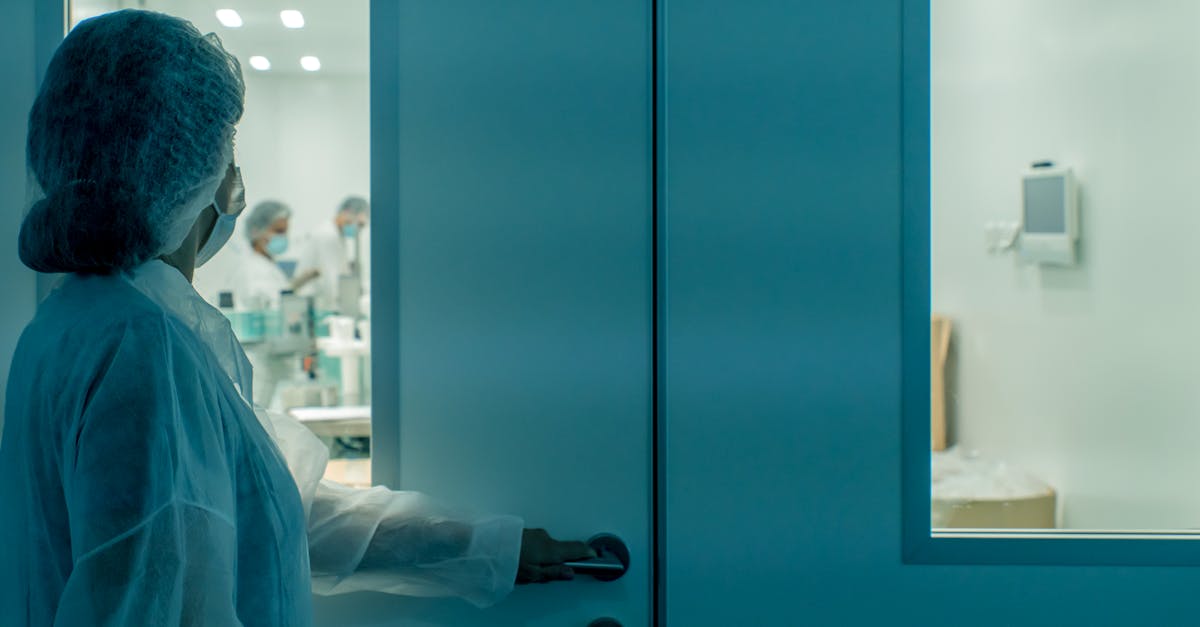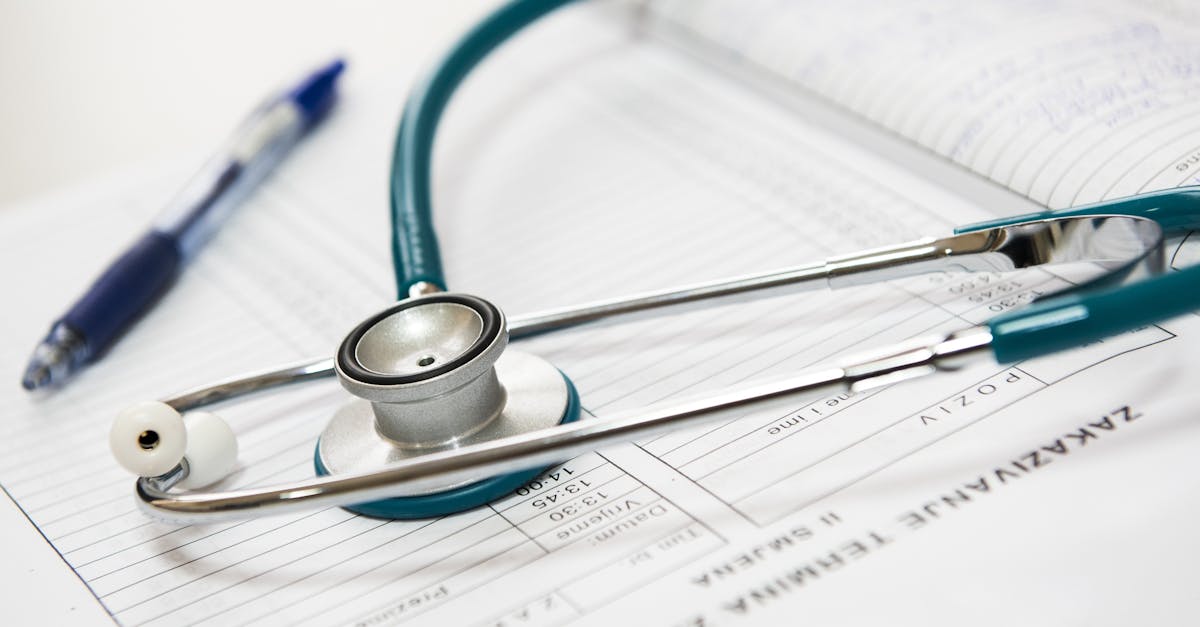A Revolution in Patient Data Management: How Connecting the Unified Medical File Integrates Lab, Imaging, and E-Prescriptions in One System
In the world of modern healthcare, data is the cornerstone of accurate and effective medical decision-making. However, fragmented health data scattered across multiple systems has long posed a significant challenge for doctors and care providers. Imagine a patient's vital information—from lab results to X-ray images and past prescriptions—being distributed among different departments, forcing physicians to manually piece together the complete picture. This approach not only wastes precious time but also increases the likelihood of medical errors. This is where the concept of Connecting the Unified Medical File: Lab, Imaging, E-Prescriptions in One System emerges as a radical solution reshaping the future of healthcare delivery. This system aims to create a centralized digital platform that integrates all patient data, giving healthcare providers a comprehensive and immediate view of a patient's health status, regardless of the location or time of service.
What is a Unified Medical File and What Are Its Core Functions?
A unified medical file is more than just a digital record; it is a patient's comprehensive health biography. It is defined as a centralized and holistic record that collects and stores all of a patient's medical data in one secure and easily accessible place. This data includes a wide range of vital information, such as:
- Current and past medical diagnoses.
- Complete laboratory test results.
- Radiology images and medical imaging reports (e.g., X-rays, MRIs).
- History of surgical operations and medical procedures.
- Record of allergies to medications or other substances.
- List of medications and electronic prescriptions.
- Detailed documentation of each doctor's visit, including clinical notes and recommendations.
By unifying this information, a system like Tadawi eliminates the phenomenon of "data silos" or the fragmentation of patient information across separate systems. This integration empowers physicians to view a complete and accurate picture of the health status, which enhances coordination between different specialties and significantly reduces healthcare errors and unnecessary duplication of tests and procedures, contributing to cost reduction for the clinic's operations.

The Power of Integration: How Does Connecting the Unified Medical File Enhance Quality of Care?
The true essence of this system lies in its ability to seamlessly connect and integrate the various components of healthcare. When laboratory, medical imaging, and pharmacy systems operate separately, information gaps appear that can negatively impact patient safety. But with an integrated system like Tadawi, these systems become part of one harmonious ecosystem. For example, in the United Arab Emirates, a major achievement was realized by connecting national health platforms like "Riayati," "Malaffi," and "Nabidh," creating a unified health record for every citizen and resident nationwide. This national model illustrates the importance of large-scale integration, the very same principle that Tadawi applies at the clinic and medical center level to ensure seamless and advanced digital healthcare.
Components Integrated into the Unified Medical File
To better understand how this system works, let's look at the main components that are integrated:
- Laboratory: The clinic's system is directly linked with laboratory systems. As soon as test results are available, they are automatically sent and displayed directly in the patient's file. This eliminates the need to wait or manually transfer results, allowing the doctor to make faster, more informed decisions.
- Medical Imaging: Radiology images and their associated reports (such as CT scans and MRIs) are securely stored within the patient's digital file. This makes it easy for doctors from different specialties to access these images and compare them with previous scans to accurately diagnose conditions and monitor their progression.
- E-Prescriptions: The file includes a complete record of all medical prescriptions issued to the patient, including dosages and dispensing dates. This feature is vital for avoiding harmful drug interactions, verifying patient adherence to treatment, and preventing common medication dispensing errors.
The Practical Benefits of Connecting the Unified Medical File: Lab, Imaging, E-Prescriptions in One System
Adopting a unified medical file system is not just a technological upgrade; it is a strategic investment that yields tangible benefits for both the clinic and the patient. By using a platform like Tadawi, healthcare institutions can achieve a quantum leap in efficiency and quality. This digital transformation helps streamline daily operations and empowers care providers to focus on what truly matters: patient health.

Here is a table summarizing the key benefits:
| Benefit | Impact on the Clinic | Impact on the Patient |
|---|---|---|
| Enhanced Speed and Quality of Diagnosis | Reduces time for medical decision-making and increases diagnostic accuracy. | Receives faster and more effective treatment plans, especially in critical cases. |
| Facilitated Information Sharing | Improves collaboration between different departments and consulting physicians. | Receives integrated and coordinated care without having to repeat their medical history. |
| Cost Reduction | Avoids unnecessary duplication of tests and analyses and reduces costly errors. | Saves money and time by avoiding repeated medical procedures. |
| Enabled Telehealth | Provides an ideal platform for e-consultations and digital prescriptions. | Accesses health services from anywhere, at any time. |
The Role of Tadawi in Leading the Digital Health Transformation
The Tadawi platform offers a practical and proven solution for implementing the unified medical file concept. By providing a system that records all of a patient's medical data in a single file accessible at the click of a button, Tadawi enables clinics to achieve comprehensive integration. This isn't just about connecting internal data; it extends to supplier integration with external entities like laboratories and radiology centers, creating an interconnected and efficient healthcare network. The system also supports the efficiency of other administrative operations such as inventory management for medications and medical supplies, ensuring necessary resources are always available. This integrated approach aligns with government trends supporting digital transformation initiatives in the health sector, aiming to enhance service efficiency and improve healthcare outcomes at a national level. Using a system like Tadawi is not just a step toward modernization; it's a commitment to providing the best possible care to patients.

Frequently Asked Questions (FAQ)
- 1. What is the difference between an Electronic Medical Record (EMR) and a Unified Medical File?
- An Electronic Medical Record (EMR) is the digital version of a paper chart in a single clinic. A Unified Medical File, however, is a more comprehensive concept that gathers a patient's records from various healthcare providers (clinics, hospitals, labs) into one holistic and interconnected record.
- 2. Is patient data secure in a unified medical file system?
- Yes, systems like Tadawi rely on the highest security standards and compliance with health data privacy regulations. Data is encrypted, and access permissions are precisely defined to ensure that only authorized personnel can view patient information.
- 3. How does a unified medical file improve the patient experience?
- A unified file improves the patient experience by reducing wait times, avoiding repetitive tests, and ensuring they receive consistent care based on complete and accurate information, even when moving between different doctors or specialties.
Conclusion: Toward a More Connected Health Future
The system for Connecting the Unified Medical File: Lab, Imaging, E-Prescriptions in One System represents a qualitative shift in how patient data is managed and healthcare is delivered. By integrating all vital information into a single, centralized platform, solutions like Tadawi empower providers to make better decisions, enhance patient safety, and increase operational efficiency. Investing in this digital transformation is no longer an option but a necessity for any healthcare institution aspiring to excel and provide superior care in the digital age.
If you’d like to discover more strategies for boosting sales in your clinic, you can request a free quote for the Tadawi Clinic Management System. For frequently asked questions, click here.

